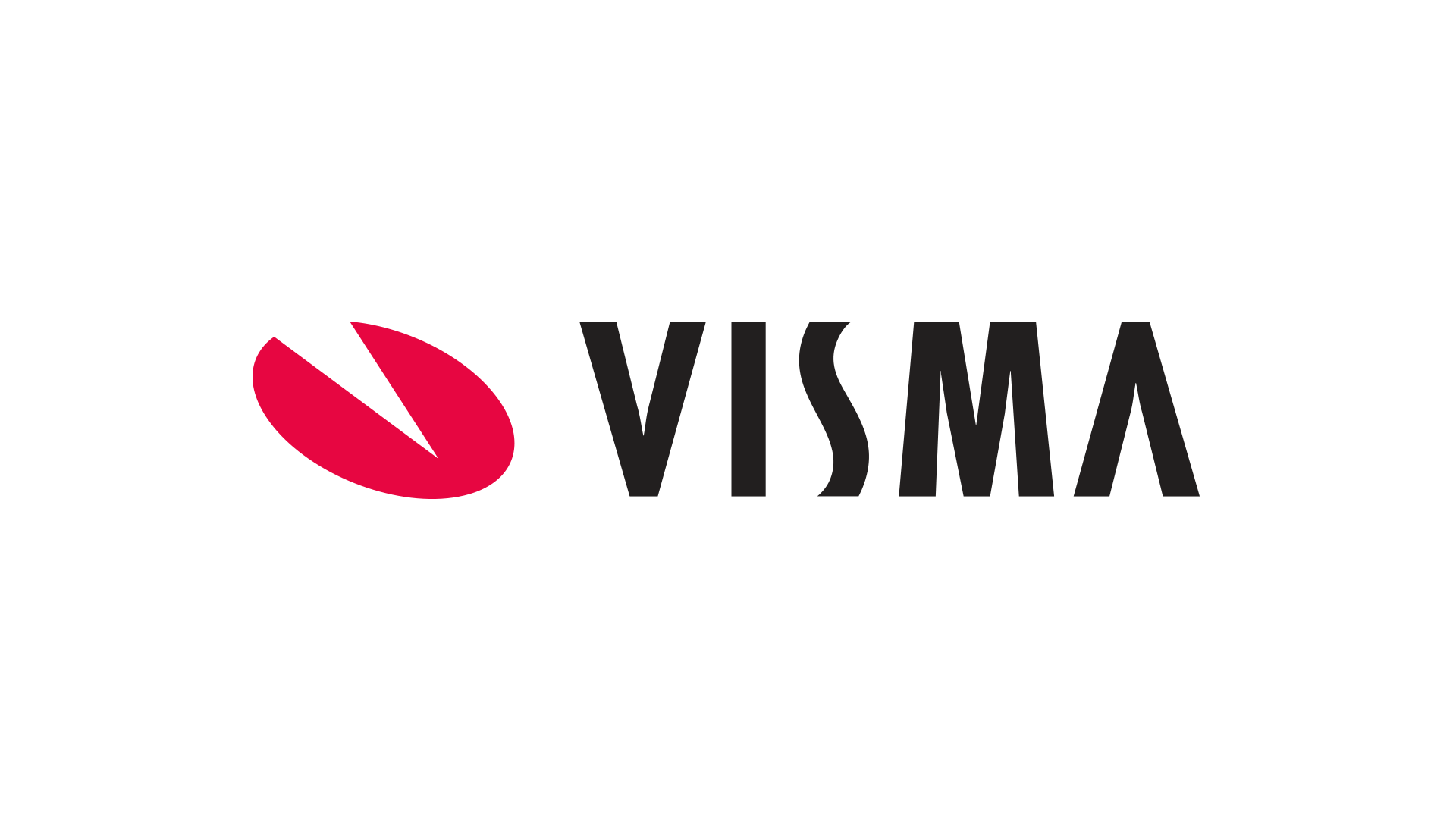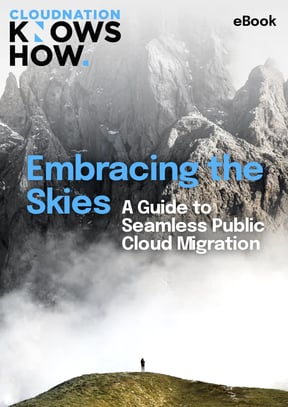
Utilizing maximum potential by migrating Visma Circle from private to public cloud
To help Visma Circle realize their growth ambitions for the coming years, CloudNation set up a step-by-step approach to migrate it's Djuma-platform from Uniserver's private cloud to Microsoft Azure.
Read more
Who is Visma Circle
Visma Circle offers solutions based on the in-house development of Djuma in combination with Microsoft 365 solutions. The company aims to simplify and streamline case management on various topics such as planning, communication, and task management by providing a single centralized workspace where teams can collaborate and track the progress of their cases. With features for intake, workflow, content creation, information management, and output management, Visma Circle offers comprehensive solutions for organizations looking to improve their processes.
Because Djuma is delivered as Software as a Service (SaaS), it is faster and easier to implement and scale up and down. New functionalities for the end user are easily added without having to worry about anything.

Transformation to Microsoft Azure
Visma Circle is a valuable customer of CloudNation's sister organization Uniserver. In the partnership with Uniserver, Visma Circle has grown into a market leading Software Vendor. To continue its growth ambitions, the organization has decided to modernize and migrate the applications running on Uniserver’s Private Cloud to Microsoft Azure.
In close collaboration CloudNation, the Microsoft Account Team and the IT team of Visma Circle created a step-by-step approach with the following guidelines:
- Scalability:
The platform needs to provide a highly scalable and flexible cloud environment, which can accommodate Visma Circle's growing ambitions and handle fluctuations in demand;
- Reliability:
The platform needs to be highly reliable and secure, providing Visma Circle with the peace of mind that their critical data and applications are protected and always available. This complete platform needs to be compliant with BIO (Baseline Informatiebeveiliging Overheid Cybersecurity) and ISO 27001;
- Cost efficiency:
The platform needs to be cost-efficient, allowing Visma Circle to reduce costs associated with running and maintaining their private cloud infrastructure and use this to focus more on business value, what results in market-leading software with competitive pricing;
- Business value:
Within Visma Circle it is important the development teams can use the platform independently so that they can build new features and test them to accelerate new application features. The platform team wants to facilitate these teams by providing an environment that is set up according to specific guidelines and boundaries that have been determined by the platform team so that they are in control in areas such as security and cost;
- Platform maturity:
With the support of CloudNation, the platform team wants to grow into a team that fully develops and manages the complete infrastructure within Microsoft Azure.

“The enthusiasm of the CloudNation specialists is contagious and makes us want to spend more time than possible on this transformation.”
Chris KeurentjesCloud Engineer Visma Circle
A structured approach towards Microsoft Azure
The Visma Circle team had insufficient knowledge to carry out this complete transformation themselves and therefore entered a close partnership with CloudNation.
By the end of the project the Visma Circle team needs to be able to manage the platform independently. For that reason, we have chosen to form a mixed team of Visma Circle and CloudNation engineers who jointly form a DevOps team to enable a steep learning curve for the Visma Circle employees on the Microsoft Azure platform.
Assessment of workloads plotted on possibilities within Azure
The first step of this team was to do a Solution Assessment in close corporation with Microsoft to analyze the current workloads, infrastructure, databases and application code to gain more insights in the approach per workload towards Azure (expected costs, reference architecture on Azure, roadmap, etc).
After conducting the Solution Assessment, there were a few application components in which potential bottlenecks were identified for the migration to Azure that we wanted to mitigate. We built and tested these components in Azure based on a proof of concept to exclude these risks.
eBook
Migrate successfully to the public cloud
A successful IT transformation requires more than just technology. In this e-book you will find all the information about how you can switch to the public cloud in an efficient way.

Building a foundation
After completing the Solution Assessment, we had a structured plan and we started by building the foundation on which all applications can land in a controlled, secure, scalable and cost-efficient way. The foundation is designed according to the best practices of Microsoft's Cloud Adoption Framework and is designed according to the following principals:
- The Microsoft Enterprise Scale Landing Zone Framework is a set of Azure infrastructure and platform services that provides a secure, scalable, and highly available environment for companies such as Visma Circle. It is designed to help quickly establish a well-architected and secure foundation in Azure, while also providing a foundation for future growth and innovation. The framework is based on open-source and built and maintained by a broad community. The Visma Circle team will use this framework without the need of in-house or external resources who need to build tailor-made solutions.
- Infrastructure as Code (IaC) with Terraform brought several benefits for Visma Circle:
- Maintainable: Terraform allows Visma Circle to manage their infrastructure as code, enabling them to version control their infrastructure and automate the deployment and management. This makes it easier for Visma Circle to collaborate and manage their infrastructure, reducing the risk of human error and improving the overall efficiency of their operations.
- Scalability: Terraform helps Visma Circle automate the provisioning and scaling of their infrastructure, making it easier to scale up or down as needed. This enables Visma Circle to respond quickly to changing demands, while also reducing the time and effort required to manage their infrastructure.
- Cost optimization: Terraform helps Visma Circle reduce their costs by automating the deployment and management of their infrastructure, reducing the time and effort required to manage their environment and freeing up resources for other projects.
- Improved consistency: Terraform helps Visma Circle ensure that all of their infrastructure is deployed in a consistent and standardized manner, reducing complexity and improving the overall management of their environment.
- Cross-platform compatibility: Terraform is platform-agnostic, which means that Visma Circle can use it to manage infrastructure across multiple cloud providers and on-premises environments. This makes it easier for Visma Circle to adopt a multi-cloud strategy, or to move to another cloud provider if needed.
- Policies baked in Code – It is important for Visma Circle's customers to be BIO and ISO 27001 compliant. For this reason, it is crucial the team can guarantee that the entire infrastructure is compliant according to these baselines. This team can guarantee full compliance to build all building blocks with hard-coded policies which meet the baselines, and only allow the use of these building blocks by all DevOps teams.
- Stimulating business initiatives - It is crucial that the DevOps teams within Visma Circle have possibilities to build and test new software features so that Djuma will continue to lead the market in terms of business value. The team has therefore built the foundation in such a way that these mature DevOps teams can build solutions on the foundation independently, but within certain boundaries and policies that have been established in the foundation.

Cloud Readiness Assessment by CloudNation
Would you prefer to migrate to the cloud independently but with confidence and certainty? If so, perform the Cloud Readiness Assessment.
Info about the CRA
“It's cool to see how quickly we built a Foundation in Azure with a team of mixed specialists by working closely together in a DevOps team.”
Bart van der HoevenCloud Consultant CloudNation
The next phase of our partnership
The team is finalizing the foundation and the next step of our partnership is to get the most out of the Microsoft Azure platform by bringing all applications to Microsoft Azure by using as much as possible Azure-native solutions. Our primary dogma is "SaaS before PaaS before IaaS".
Using as much as possible SaaS and PaaS solutions within Microsoft Azure will bring huge benefits for Visma Circle, such as:
- Scalability: Provides automatic scaling and load balancing, making it easier for Visma Circle to accommodate increased demand for their services.
- Increased efficiency: By using these components, Visma Circle can offload the burden of managing infrastructure and focus on delivering business value.
- Cost savings: These services provide a cost-effective solution for Visma Circle, as they only pay for the resources they consume, rather than incurring the cost of maintaining and upgrading the infrastructure.
- Innovation: These services enable Visma Circle to quickly and easily build, test and deploy new services, allowing them to stay ahead of the curve and innovate faster.
- Reliability: Microsoft Azure provides a highly available and reliable platform, helping to ensure that Visma Circle's services are always up and running, even in the event of a failure.



